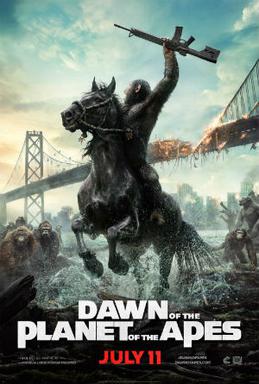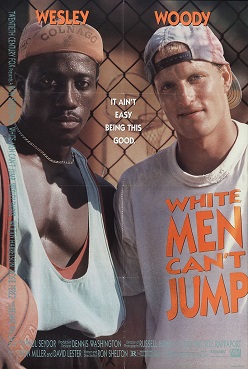I have never seen any of the Mad Max films, and neither had my dad. All I know is that they were a trilogy of post-apocalytpic insane adventure films from the 70's and 80's starring Mel Gibson and that they were apparently really good. So although the trailers of insane action and actors Tom Hardy and Charlize Theron whom I love are what drew me to the theatre to catch this movie, it was the fourth entry in a franchise who's last movie came out around 30 years ago, and that hasn't usually been a formula for success.
And all I can say is, this ain't no Indiana Jones and the Kingdom of the Crystal Skull.
This is by far the best movie I've seen in theaters all year, and probably the most fun theatre-going experience I've had since I saw The Dark Knight Rises in 2013. This is a movie that deserves to be seen on the big screen more than a lot of films I can think of. Yes, I absolutely loved films such as Birdman and Boyhood, but I saw those after their theatrical releases and on my TV at home and I didn't feel like I'd lost anything by not seeing it in the theatre. I know this movie would not have made nearly as gigantic of an impact that it made on me had I not seen it on the big screen. Mad Max: Fury Road is basically one giant chase scene, on which the characters are attempting to get from Point A to Point B, to a different Point that slightly surprised me in the best way possible. This is originality in every sense of the word, the set design, the costumes, and the characters are all some of the most creative and inventive things I've ever seen, and they're all born out of the mind of Director George Miller, who basically slaps the action in the face with a film that doesn't tell, but shows every other action movie today what they're doing wrong and how to do it right. The action is insane, chaotic, and purely crazy. But it's a controlled crazy. There's no shaky-cam, you don't get lost in what's happening, every single moment of action is easy to follow and exciting to marvel at. The editing is fast and energetic but doesn't lose you and only enhances the visceral feeling you get from them. With 90% real, practical effects, in a world so filled to the brim with green screens and CGI, you can feel the reality of the danger. Yes the action's a bit out there and cartoony, but the action stays within the laws of the world that the movie has set up for itself, and it is a sight to behold.
This is by far one of the greatest action movies I've ever seen, and although it's mostly because of the action, it's because of other things too. Like a stunning turn by Charlize Theron as Furiosa, an emotional character arc by Nicolas Hoult as you see the emotion behind one of the cronies of the bad guy and what role he plays, and a classic B-Movie villain in Immortan Joe. Tom Hardy is solid as Max and provides the eyes for which the audience sees the messed up world, even if Max himself is also pretty crazy. But although the story may seem somewhat thin, it's great because of Miller's reluctance to hold the audience's hand, and his trust in them to understand the plot as it unfolds, lets the audience and characters go through the story together, and uses the great work of Theron and Hardy to show what they're feeling or their intentions in a single stare. Miller has probably created the most feminist action blockbuster I've ever seen, with Theron basically being the main action star, and a slew of strong female supporting characters that upends the damsel in distress cliche. And every shot of this movie is a painting, because the cinematography and color schemes used in the film are some of the most stylized and cool of any action movie I've ever seen. All in all, I absolutely loved this movie and am probably going to see it again, which is why I give Mad Max: Fury Road a 5 out of 5.











